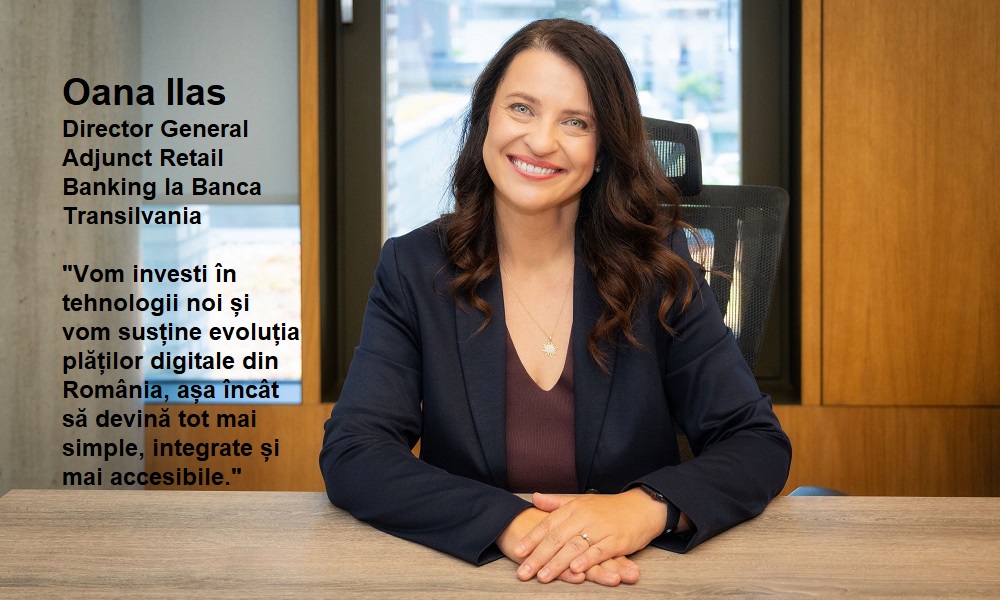A shift towards a new Horizon: Unveiling Open Finance through new regulation. From PSD2 to PSD3, what is in it for me?

The European Commission (EC) has unveiled an ambitious proposal that aims to revolutionise the financial landscape of Europe. Five years after the introduction of PSD2, which brought forward the concept of Open Banking, most consumers have not yet directly felt its impact. However, this has not stopped regulators from to continuing on the path of making financial markets more innovative and digital.
Ok, but what does this mean for companies and their customers?
an article by Tom Wijnen, SR. Product Marketing Manager at Worldline
From PSD2 to PSD3, what is in it for me?
PSD2 initially promised us Payment initiation services (PIS), which would allow us to make online or mobile payments directly from our own bank account. However, we have not seen many new payment methods fulfilling that promise. Apart from using cards or local schemes, you might have come across an occasional bank transfer, especially if you are located in the UK!
Another promise was the Account Information service, which allows us to digitally access and share data from our payment accounts with Third Parties to gain a better understanding of our financial situation. In this areas, you might have come across Open banking features, in aggregating accounts from different banks in your personal finance app or granting access to your account to secure a loan.
Payment or payment initiation services have yet to gain widespread adoption
The expectation was that Account-to-Account payments based on Open Banking would challenge card payments, due to being cheaper, more secure and offering consumers greater control. However, the market hasn’t matured enough to match the level of customer experience provided by existing (mostly card-based) payments. Nevertheless, it is expected to catch up soon, with banks improving their APIs, established Third Parties managing flows more efficiently, and the UK market leading the way in Open Banking payment volumes.
The regulator is pushing the industry in the right direction.
Instant Payments Regulation
Crucial in the advancement of Account-to-Account payments, is the introduction of the Instant Payment regulation. This regulation requires every bank to offer instant payments at the same level of service and pricing as normal credit transfers. Combining Account-to-Account with instant credit transfers will significantly reduce the risk for merchants, making it suitable for in-store use and immediate service consumption.
Let’s now see how Account-to-Account will compete with other payment methods given this incentive.
Now, what about the account information services?
Account information had a promising start, but is now struggling
While on the payments side the promises of a revolution are just beginning to take shape, account information services have, after a promising start, shown some lack of progress. Despite the regulator extending the period of consent, the use of account information services hasn’t delivered the expected benefits. Is it consumers’ reluctance to provide data to third parties, or is the impact on financial insight too limited?
PSD3 brings more security for users
In PSD3, specifically in the Payment Services Regulation (PSR) portion, it is mentioned that banks providing account data, must implement a dashboard allowing consumers to actively monitor and change their consents. That will give consumer greater visibility and control.
Introducing FIDA: the Financial Data Access Framework
The regulator is rolling out another initiative to address issues surrounding Account Information Services: FIDA ( Financial Data Access Framework) which extends access to accounts to include data from insurances, investments and pensions, providing a more complete picture of a person’s financial situation. The accompanying dashboard empowers consumers, enhancing overall security.
Let’s not forget e-Identity
eIDAS regulation makes the eco-system even more open. eIDAS introduces the concept of electronic identity wallets, requiring each country to provide one for secure customer authentication in various situations including most financial related transactions,. This enhances security and puts the consumer in control regarding Open Banking.
When will you start noticing a change?
Can we say we are there yet? Certainly not, but at least from a regulatory perspective, the groundwork has been laid for a digital and open market.
Digital, because the regulator is finally openly favouring the use of APIs (application programming interfaces) and no longer requiring banks to maintain back-up interfaces (used for “screen scraping” activities). Banks can now focus on APIs that will enhance their services, without dealing with extra interfaces and costs. It is encouraging to see that the regulator acknowledges the importance of having a solid business model in the market. This means that banks can charge fees for additional services in addition to the standard access.
It is always a pity, that it takes quite a while for these regulations to get approved and put into action. Moving a significant part of PSD2 into regulations which can be implemented faster, will definitely help speed things up. Unfortunately, we still have to wait, probably around two more years. Let’s make sure it doesn’t take another five years before we can all benefit from this new open financial ecosystem!
_____________
In a frame, explanation of terms
Regulatory Payment Service Package = PSD and PSR, form the legal foundation for an EU single market for payments, aimed at establishing safer and more innovative payment services
PSD3 = Payment Services Directive, containing requirements regarding authorisation and supervision of Payment Institutions and Electronic Money Institutions
PSR = Payment Services Regulation, containing all the rules concerning payment service provider activities (e.g. Scedure customer authentication, Common and Secure open standards of Communication)
Instant Payments regulation = regulation that amends the technical and business requirements for credit transfers and direct debits to include instant credit transfers
eIDAS = regulation on electronic identification and trust services for electronic transactions in the EU
FIDA = Framework for Financial Data Access, establishes the rights and obligations to manage customer data in the financial sector beyond payment accounts
Dariusz Mazurkiewicz – CEO at BLIK Polish Payment Standard
Banking 4.0 – „how was the experience for you”
„To be honest I think that Sinaia, your conference, is much better then Davos.”
Many more interesting quotes in the video below:












